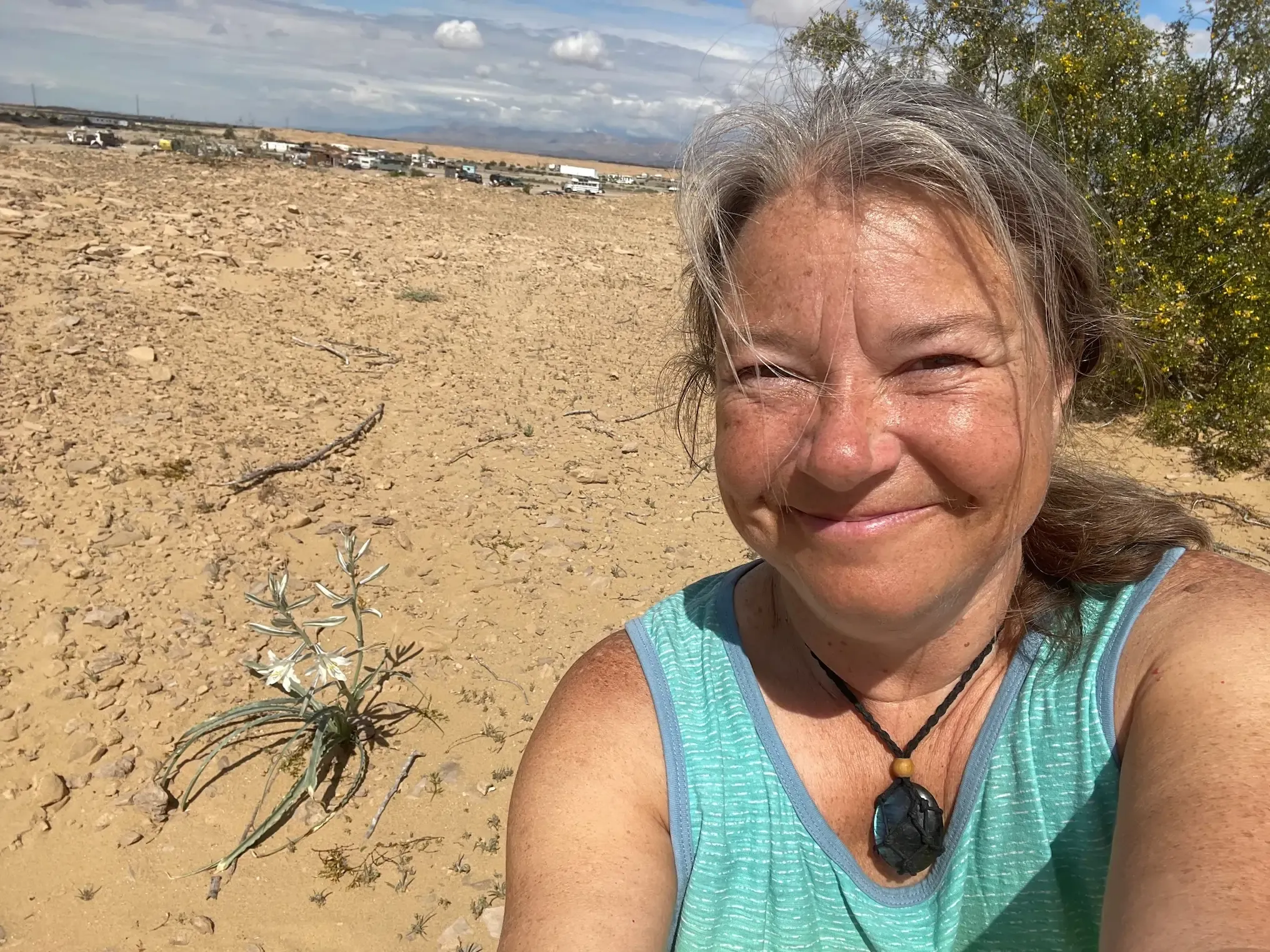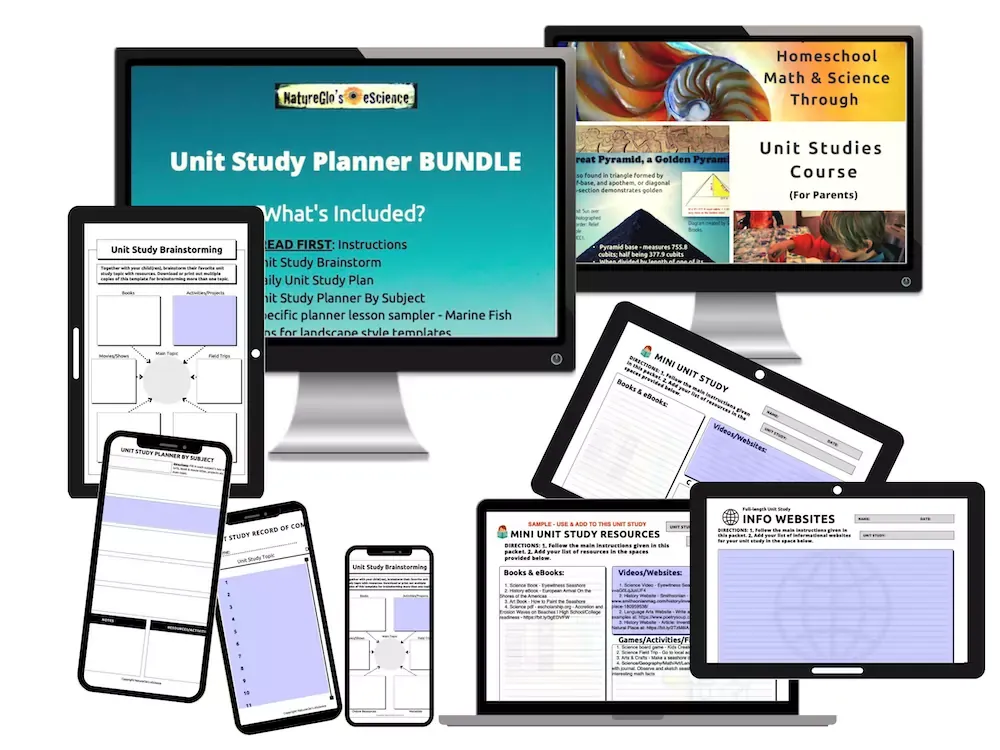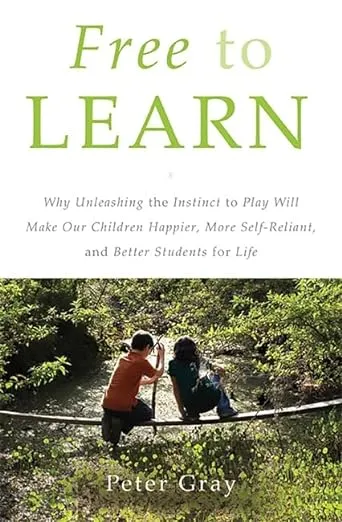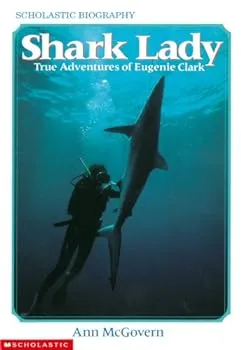3 Secrets to Find The Best Homeschool Science Resources
Every time I teach or facilitate homeschool science either in-person or online, I do something I call “Every Science Resource INCLUDING the Kitchen Sink”.
We can imagine that a child would LOVE to experiment with buoyancy in the kitchen sink using this toy boat.
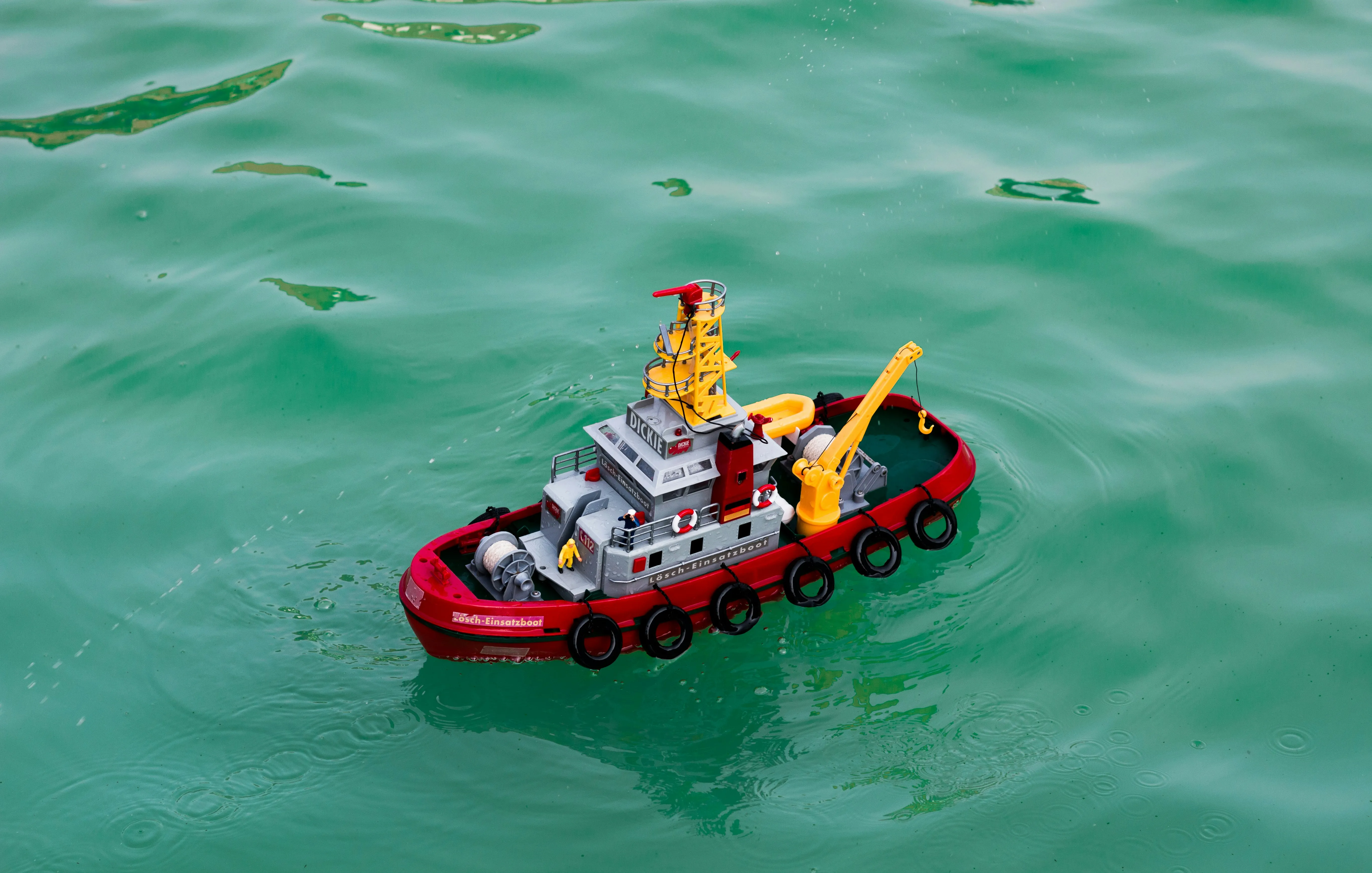
JUST $10 - Buy NatureGlo's Unit Study Planner BUNDLE
Notice the emphasis on "INCLUDING" the kitchen sink. When learning homeschool science outside of the curriculum box, or using a curriculum alongside more child self-directed hands-on science learning opportunities, many times requires the use of the kitchen sink.
Sometimes, you may find that the bathtub is even roomier and yet more spacious than the kitchen sink is for a variety of more sciencie reasons related to water or other types of messy experiments.
The sky's the limit on the types of child free play science experiments they can come up with just during bath time.
Reasons to use the kitchen sink or bathtub include cleaning up from science experiments, and stopping up the water in both for a variety of experiments.
I could have this article's title be, "Every Science Resource INCLUDING the Kitchen Sink and Bathtub."
I can see you wrinkling your nose now and saying, "What in the WORLD does Every Science Resource INCLUDING the Kitchen Sink, even mean??
Well, way back in 2007, when I taught upper elementary science in private school, I visited a number of alternative schools such as Sudbury and Free Schools. I began following their example and transformed my classroom into a learning resource center for my students.
I discovered and realized through seeing those schools' uber learning resources in their learning centers (not called classrooms), the necessity of children having access to TONS of engaging, stimulating hands-on learning resources especially for science.

I'm not talking about the kind of pricey homeschool science resources that you order from curriculum companies or even those cheap, plastic science kits you can buy at stores or order online.
I'm talking about getting big time science resources that kids KNOW the adults use.
What do I mean by this?
Free to Learn (in Science too)
According to Dr. Peter Gray, famed for his scholarly studies with childhood education and play, he says that children naturally want to master the use of adult tools.
Famed psychologist, Dr. Peter Gray, author of "Free to Learn: Why Unleashing the Instinct to Play Will Make Our Children Happier, More Self-Reliant, and Better Students for life
Therefore, giving children access to adult science tools such as microscopes, rocks and minerals collections, living books, quality binoculars for bird watching, etc. All of these kinds of science resources are engaging and stimulating for children because they know innately that it will help prepare them for the adult world.
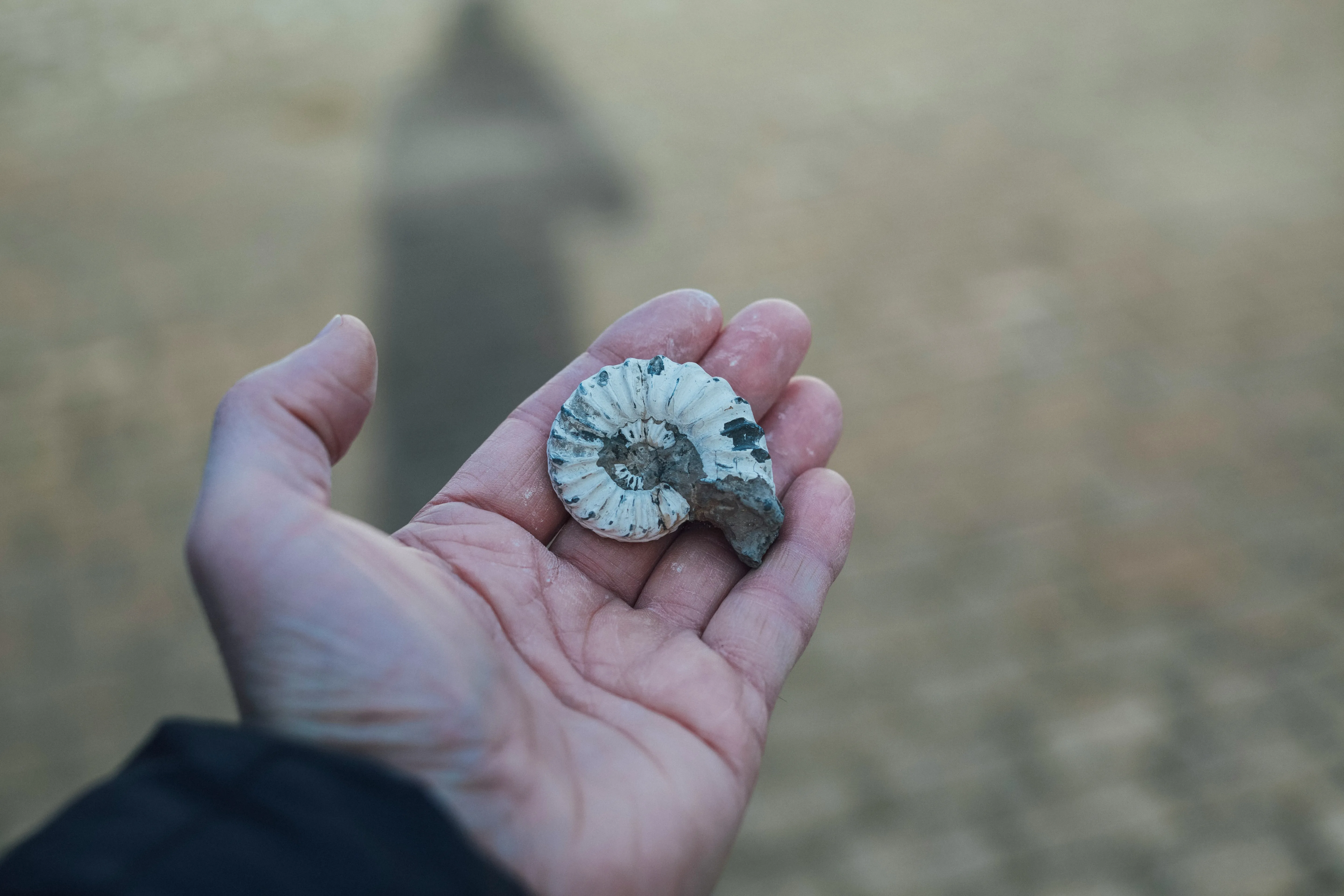
Don't get me wrong. Kids love to play with toys too and there's nothing wrong with that. Toys help children enter the make pretend world, many times, imitating adults.
Legos (pictured below), are brilliant toys for use with all kinds of science learning.
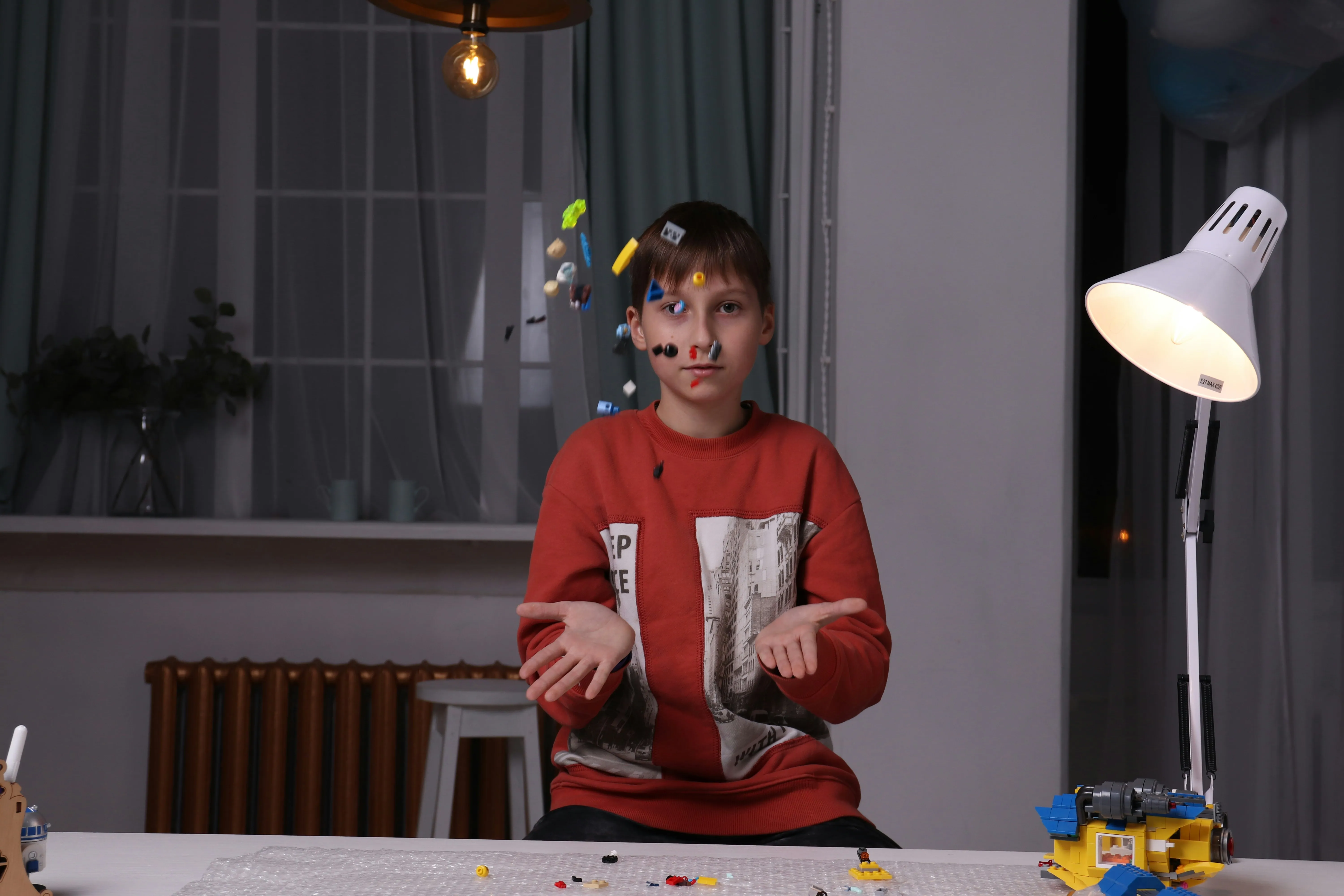
Additionally, by giving kids access to real quality adult science equipment and resources, next to their favorite toys, will really surprise you on how kids will take aim and carefully master using those resources, NATURALLY.
Yeah, some science equipment may get broken along the way.
Giving your kids access to used science equipment can go a long way in inspiring child self-directed learning unimpeded by dry "factory-style" science learning through textbooks.
Now, you may be wondering, "how in the world am I going to afford to get my kids real adult science equipment?"
I'll tell you in just a moment.
Secret #1: Do Science Unit Studies To INSPIRE Self-directed Learning
Back in 2007, I also began implementing unit studies into our science studies since my students and I were already so passionate and stoked about the sciences. Science unit studies saved my students and I tons of time by integrating, math (my favorite science connection), reading, writing, history, geography, and more into our already exciting science learning.
For homeschool science, you have the luxury of following your child's particular science learning interests.
Use your child's interests as a springboard for naturally bringing in other subjects related to their favorite topics.
This can include maps for geography, living books for language arts (to inspire creative writing), history related to their topic, and MATH!
Math is so easily found like treasure hidden inside of any science topic your child could possibly be interested in.
Secret #2: Get Used Science Equipment
Here's how you find affordable adult science equipment!
Every weekend, I was at local (or out of town) yard sales, garage sales, flea markets, thrift stores and used book sales. I even did weekly rounds at thrift stores to make sure that I harvested all the latest and best science and math resources I could find.
I can hear you saying, "Oh, shucks, I knew that."
You name it. I was piling up the back seat and trunk of my dark blue Nissan Altima with math and science resources and living books, at that savory time, for my very large classroom. It was such an enjoyable luxury to facilitate (rather than teaching/lecturing) science learning for up to 15 kids at a time in such a huge classroom!
My homeschool program learners doing a cabbage chemistry experiment.
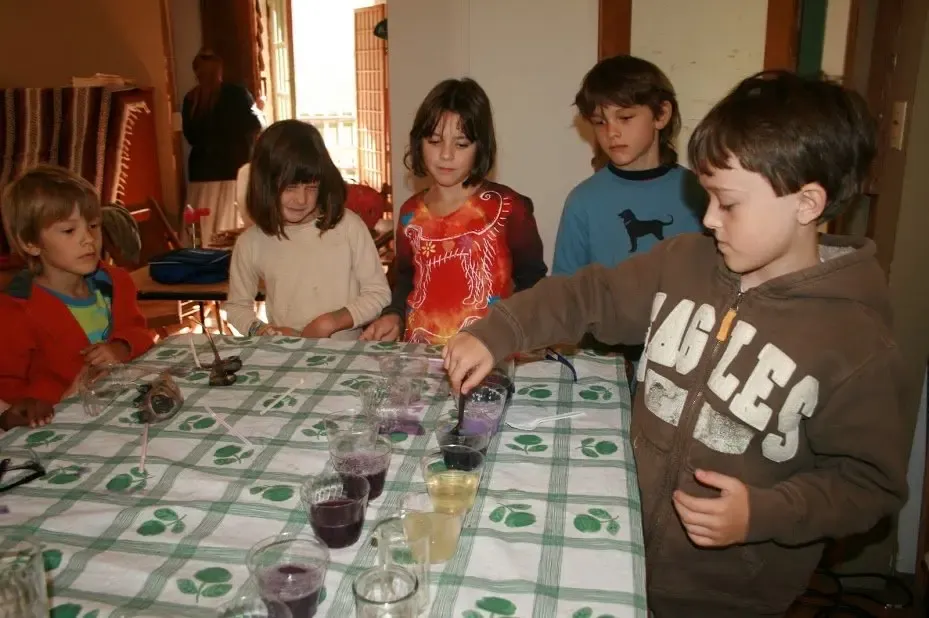
In the heyday of my epiphany that kids need authentic, high quality hands-on learning science resources and lots of variety, I learned to listen to my students about what they were interested in using and then finding those resources affordably to fulfill their interest in science and math.
I ended up filling up my classroom’s bookcases, two closets, and a gigantic dresser FULL of resources. Additionally, I filled up my spare apartment bedroom with 4 more bookcases and crates upon crates of more equipment I couldn't fit into my classroom, I mean, learning center.
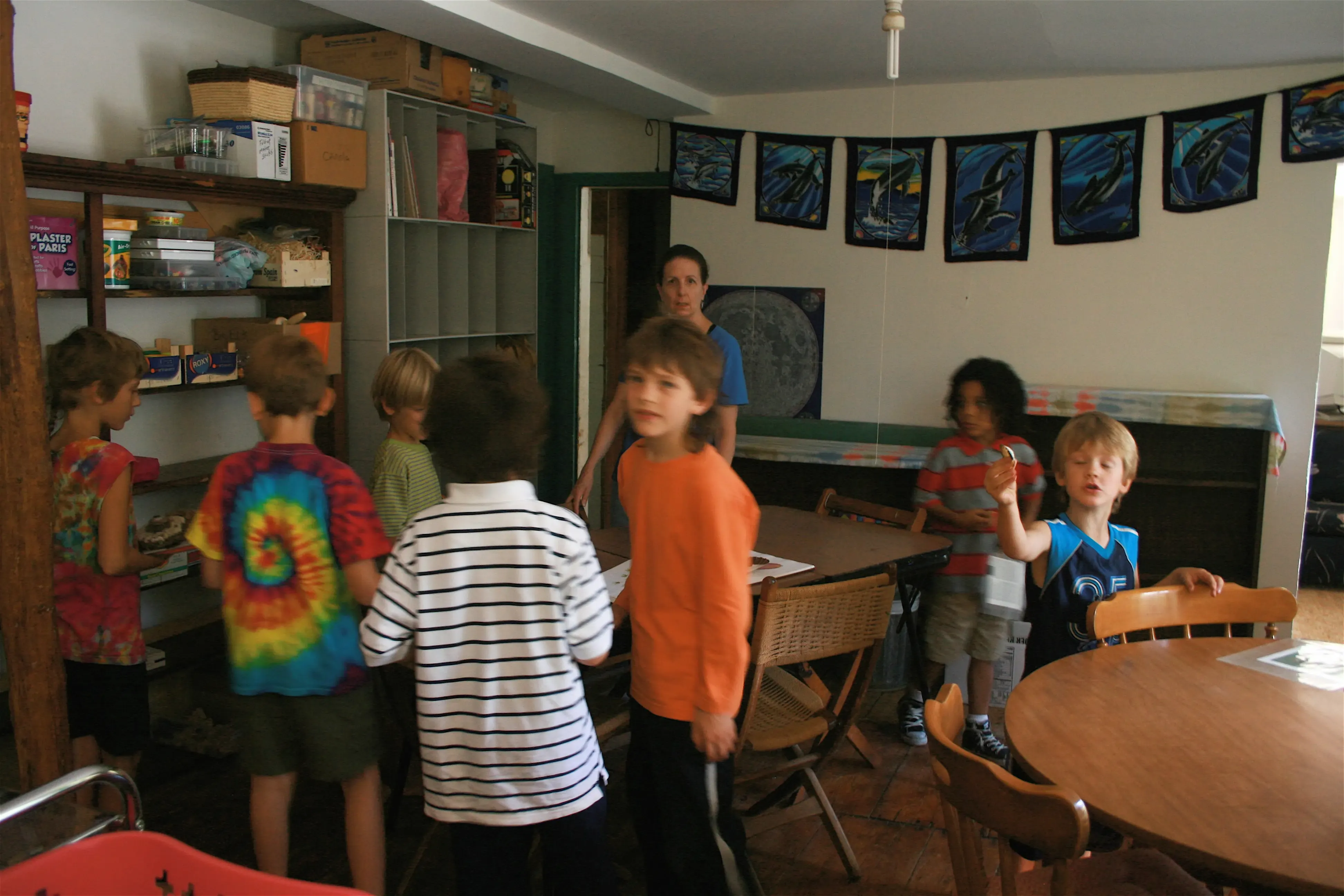
My Heathcote Art & Science Homeschool Program Learning Center
In between classes and the dreaded school bells, I would scamper around the room hurriedly changing out the resources that applied to the next group’s lesson. Too bad I had to march to the typical drum of switching class periods and not just keep the same students with me all day with the same resource! I learned to move like lightening in between classes.
I would set up learning stations around the room by pulling together individual student desks into large tables and then placing the science resources including, games, experiment or projects materials, and living books etc. on top of those desk/tables.
Secret #3 - Use Living Science Books
First of all, what are "living books"? If you are familiar with Charlotte Mason living books, you'll know what that means.
Just in case you don't know, living books are books written by an author that is passionate about a subject, or, has experienced something first hand. The author often times writes in a conversational or story-like manner and includes facts in a stimulating way. This is very unlike textbooks which typically present information in a dry, formal, factory-like fashion.
Living science books engage the reader and draw them in unlike textbooks, of which, the learner learns, if at all, by way of dry information.
How do living books draw in the reader? Typically in a fun story format. Other formats can be used of course too, such as short stories, comics, and informative with lots of eye-popping images such as Dorling Kinderley.
A great example of a living book would be The Shark Lady: True Adventures of Eugenie Clar by Ann McGovern. I do a read aloud of this book here.
This story is biographical and shares the life and scientific work of the famed Shark Lady, Eugenie Clark.
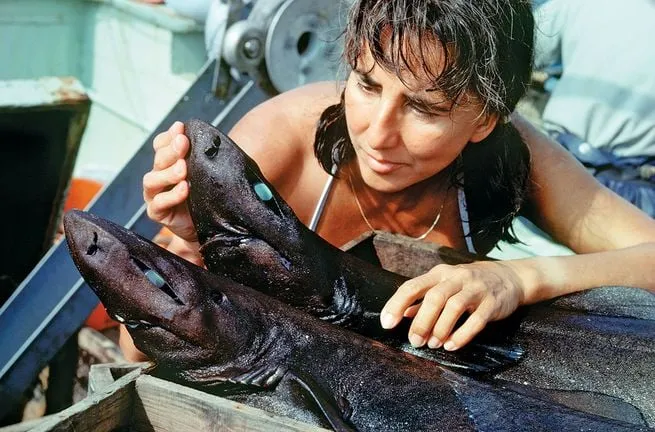
Eugenie Clark pictured here with some deep-sea sharks for research purposes.
My colleagues thought I was a bit weird when they’d see me scurrying about my classroom rushing around setting up the next class’s hands-on science resources. Whether it was changing out gears and pulleys for paints for creating solar system posters, or laying out magnets or chemistry supplies, I was on the move!
But, this "Every Science Resource INCLUDING the Kitchen Sink (and the Bathtub) resource setup works amazingly, especially in a home learning environment. At home, you can set up a room and leave it for as long as you and your kids like. It's totally worth it for exciting children to WANT to learn science in a way that’s engaging and very stimulating.
My classes made a lot of noise with enthusiastic hands-on engagement, experiments, and students interacting with each other instead of sitting at their desks with their nose in a textbook listening to me lecture hour after hour.
During those two years, we were fortunate to occupy the end corner classroom of the school where we didn’t bother the other classes, thankfully!
Ready to break free of unwanted curriculum?
DIY Unit studies doesn't have to be hard when you're using NatureGlo's Quick/Easy Unit Study Planner BUNDLE.
JUST $10 - Buy NatureGlo's Unit Study Planner BUNDLE
Conclusion
I hope that these 3 Secrets to Find The Best Homeschool Science Resources will help get you and your kiddos on your way to find a fulfilling science learning groove using unit studies. Science doesn't have to be wickedly hard or boring.
Science is everywhere, most especially, right in your child's interests. Learning science can be as simple as creating animal balloons to rockhounding starting in your own backyard.
Remember, if science isn't fun, kids most likely aren't learning. Children's language of learning is play. The more games and play involved in their learning, the better.
Play = FUN!
Talk soon!
NatureGlo
